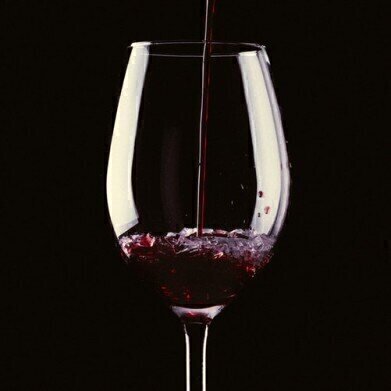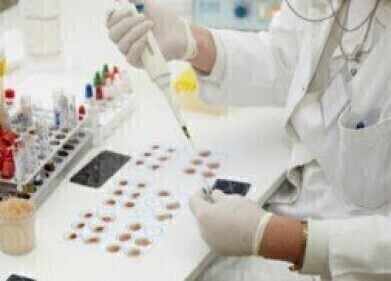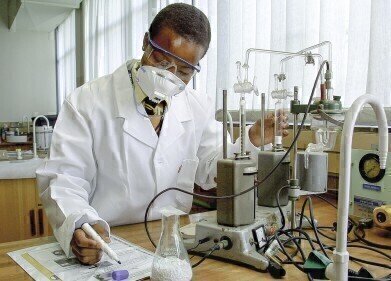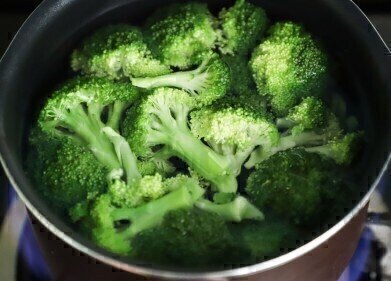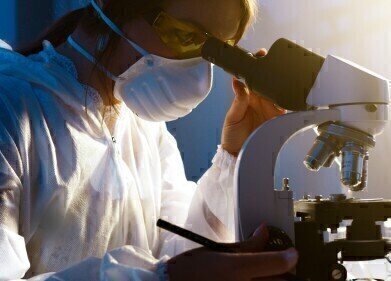Help Desk
Finding an Effective Method of Characterising Wines - Using Chromatography
Feb 06 2019
Wine is one of the most popular drinks in the world - with the UK one of the largest wine markets in the world. Wine is a relatively simple drink to manufacture - a natural fermentation reaction that has been known to man for thousands of years. But with a large market and significant profits to be made, the wine market is similar to many other markets where cash is sometimes king.
Fraud, adulteration and mislabelling are some of the problems affecting some wines in the marketplace. Luckily, chemical analysis can help, and a recent paper in the journal ACS Omega - Electrostatic Spray Ionization-Mass Spectrometry for Direct and Fast Wine Characterization - reports on a method developed by researchers in China that could be a simple answer to the problems of adulterated wine.
Quality of wine
There are several factors that are considered when judging the quality of wine. Flavour and aroma are probably the most important, but colour, clarity, sweetness and dryness are other factors that are important to wine connoisseurs. The experienced palates of wine experts can detect small differences between wine that can lead to vintages being a success or a failure. But theirs is a subjective analysis of wine and can be influenced by the mood and health of the wine taster.
For wine producers and consumers, a better method of analysis is needed to ensure that the wine in the bottle matches what it says on the label. Luckily, wine is made of various chemical compounds. Esters, amino acids, phenols and sugars are just some of the compounds found in wine. And researchers know that these can all be used as signatures to help check the authenticity and quality of wine.
Is chromatography being usurped?
Wine has been studied and characterized by many different analytical techniques. Gas chromatography is commonly used to analyse the volatile components in wine, whilst high performance liquid chromatography is used to analyse non-volatile components. Chromatography methods are simple to develop and transfer between instruments as discussed in the article, Issues with Scaling and Method Transfer.
But in the article referenced above, researchers in China have developed a mass spectrometry method that they claim is simple to use and doesn’t require any pre-treatments, something that GC and HPLC methods need. The method developed by the group only takes a few minutes of analysis - although they did use HPLC to further analyse compounds of interest in adulterated samples.
So perhaps chromatography isn’t past its sell-by-date.
Digital Edition
Chromatography Today - Buyers' Guide 2022
October 2023
In This Edition Modern & Practical Applications - Accelerating ADC Development with Mass Spectrometry - Implementing High-Resolution Ion Mobility into Peptide Mapping Workflows Chromatogr...
View all digital editions
Events
ACS National Meeting - Fall 2024
Aug 18 2024 Denver, CO, USA
Sep 04 2024 Chiba, Tokyo, Japan
Sep 04 2024 University of Warwick, Coventry, UK
Sep 10 2024 Rockville, MD, USA
Plastics Recycling World Expo Europe
Sep 11 2024 Brussels, Belgium
